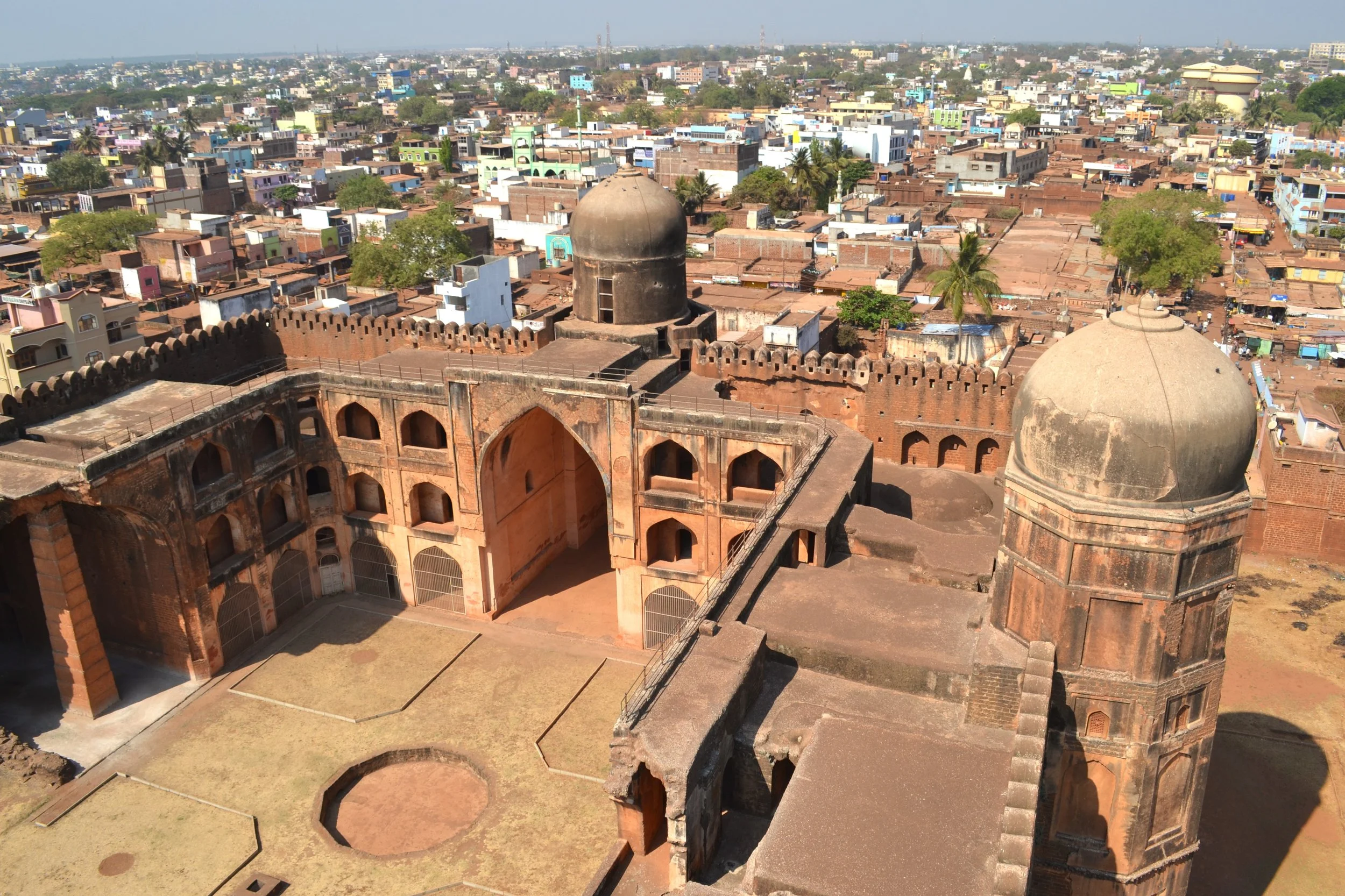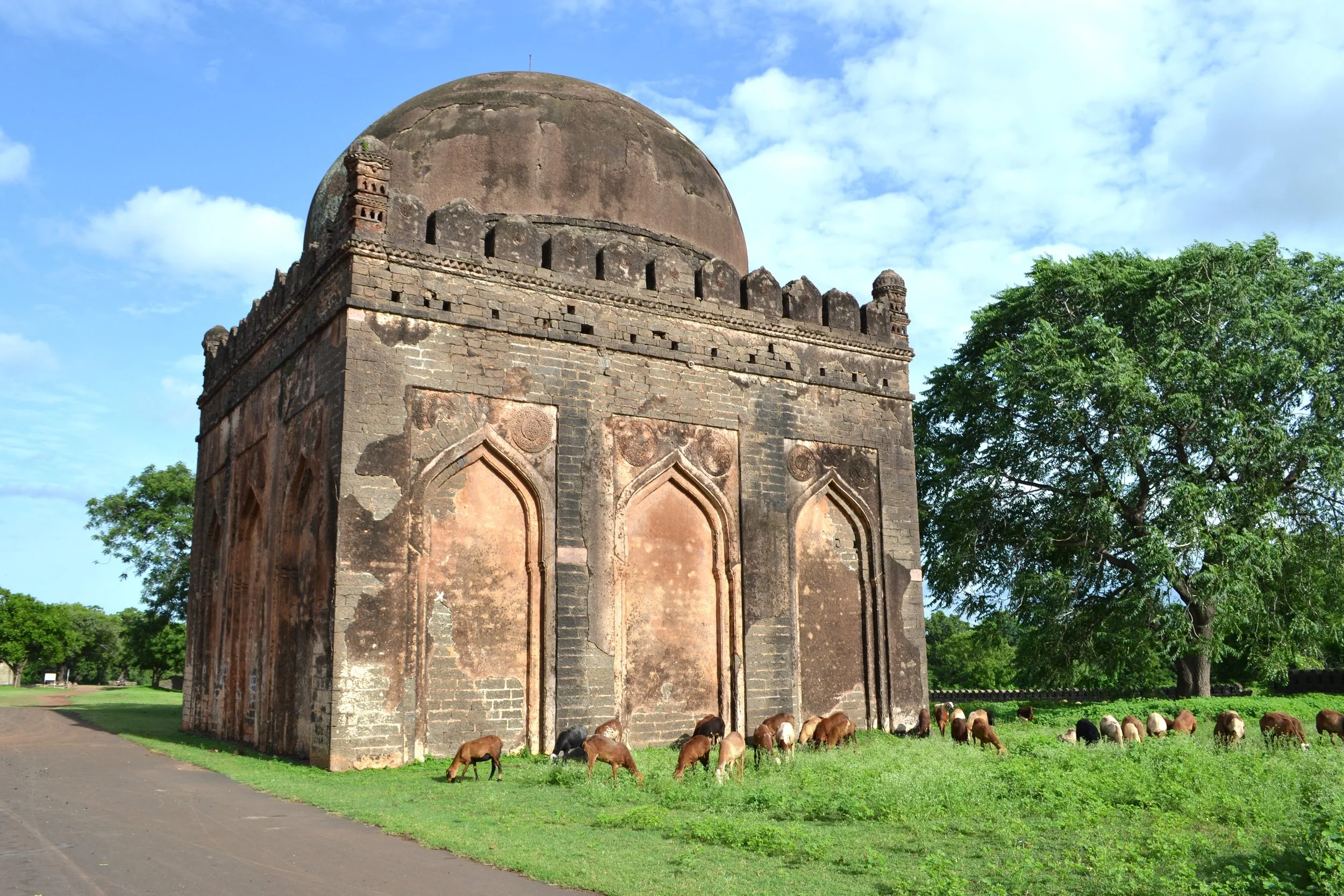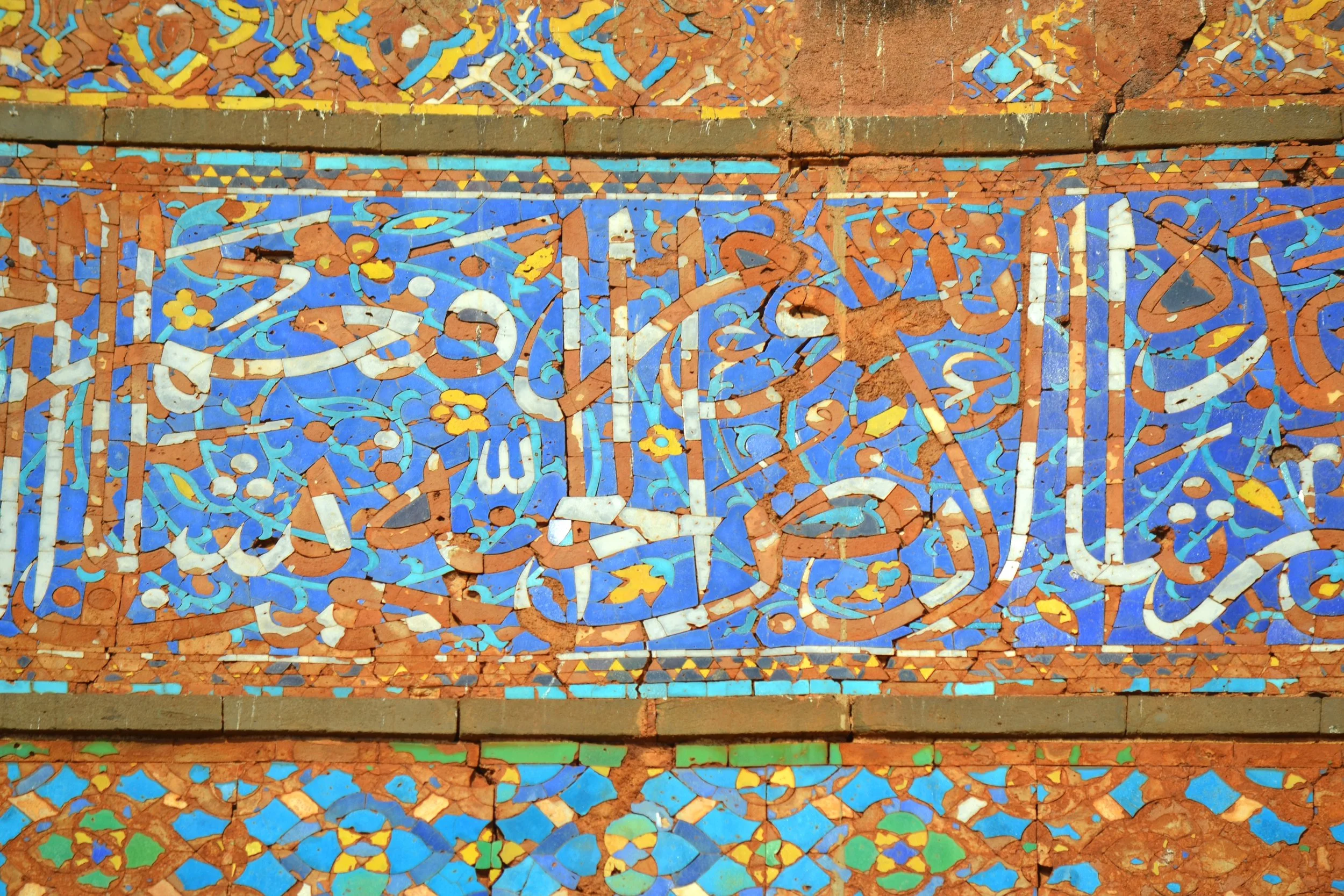about the project
Madrasa of Mahmud Gavan, fifteenth century, Bidar, Karnataka, India. © Peyvand Firouzeh
Art, Migration, State-Building: India in the Indian Ocean World is a project funded by the Australian Research Council (DECRA scheme) and the University of Sydney.
The project is concerned with the historical movement of objects, knowledge, and people across cultures in the Indian Ocean world, countering the Eurocentric framework of previous scholarship by adopting a trans-Asian network lens. The central focus is the art and architecture of fifteenth-century central India and its wider transregional and Indian Ocean connections.
Through case studies drawn from the arts of the Bahmanis of Deccan India (1347-1528), India in the Indian Ocean World asks questions about how human beings have made sense of temporal and geographical distance.
How have migrant and indigenous artists fashioned themselves and participated in projects of state-building through works of art that play with cultural, ethnic, religious, and geographical boundaries? How can mobility and distance serve as a generative condition of art making? How can we understand transregional and cross-cultural exchange without downplaying complex histories of violence and conflict?
The project encompasses scholarly articles, a book, a digitization project, a conference engaging with trans-Asian artistic connections, as well as public events and collaborations with contemporary artists that will allow us to deepen our understanding of migration and cultural exchange today.
The Bahmani necropolis, fifteenth century, village of Ashtur, outside Bidar, Karnataka, India. © Peyvand Firouzeh
Detail from the façade of the Madrasa of Mahmud Gavan, fifteenth century, Bidar, Karnataka, India. © Peyvand Firouzeh


